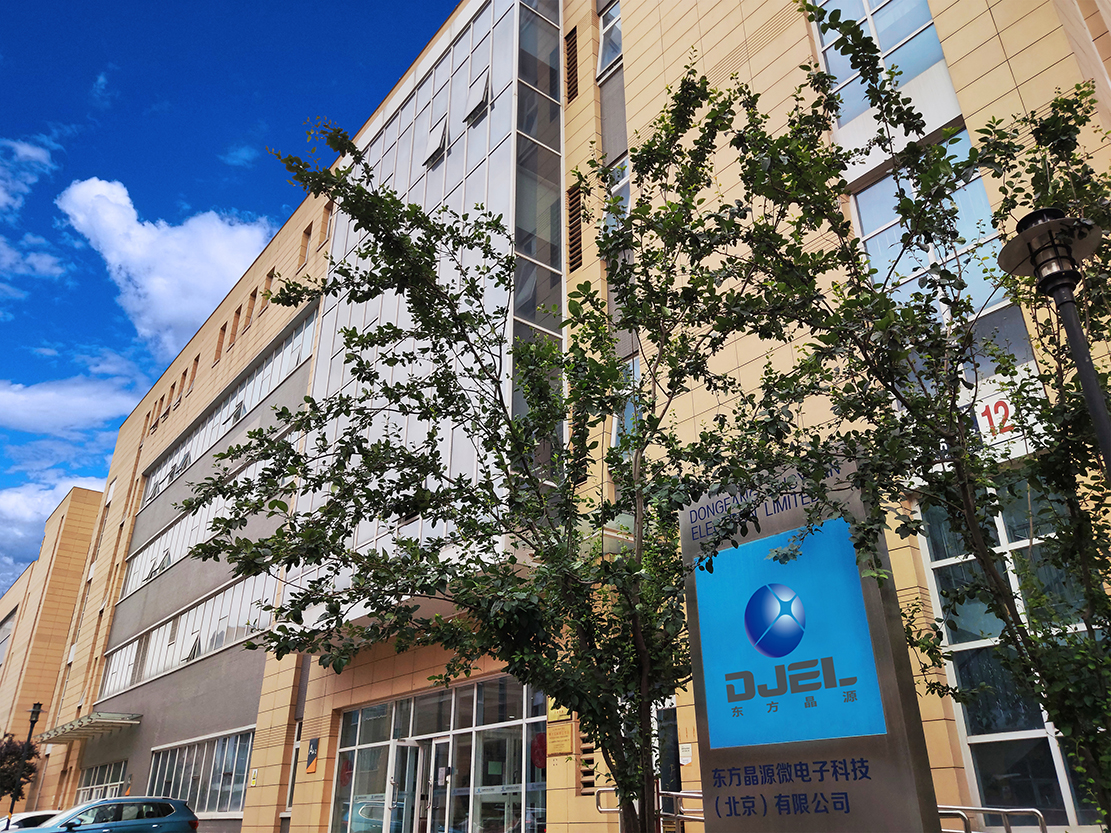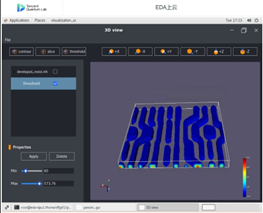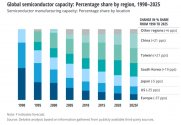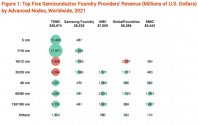@latenlazy Sir from your post, IF SSMB had been used then the Chinese EUVL will have the same performance with ASML HI NA EUVL?And I’m saying they shouldn’t have to start at what ASML produced 12 years ago. If the rumors pan out they’re already starting with light sources far more powerful than what ASML had 12 years ago, with a much better idea of how to optimize the interaction between the laser and tin droplets than anyone in 2005 to maximize light output needed to do more than 10-20 WPH. By far the biggest driving factor for wafer processing speed is photon dosage per area, and that’s dictated by your light output.
You are using an out of date browser. It may not display this or other websites correctly.
You should upgrade or use an alternative browser.
You should upgrade or use an alternative browser.
Chinese semiconductor industry
- Thread starter Hendrik_2000
- Start date
- Status
- Not open for further replies.
Newway mainly serves the backend, MEMS, FPD segments. So mostly binary reticles. It's reach into frontend stopped at around 0.18um so basic KrF attenuated phase shift masks. But not sure how capable they truly are in supporting the attPSM.Does someone know about this photo mask shop? Quite rare in China, I thought there is Japan monopoly on photomasks.
Shenzhen Newway Photomask Making Co., Ltd
The domestic fabs still mostly buys their masks from Toppan, Photronics, and DNP. The latter two has a JV in Xiamen if I remember correctly. SMIC has thier own captive maskshop in Shanghai.
Thanks for the info.Newway mainly serves the backend, MEMS, FPD segments. So mostly binary reticles. It's reach into frontend stopped at around 0.18um so basic KrF attenuated phase shift masks. But not sure how capable they truly are in supporting the attPSM.
The domestic fabs still mostly buys their masks from Toppan, Photronics, and DNP. The latter two has a JV in Xiamen if I remember correctly. SMIC has thier own captive maskshop in Shanghai.
I didn't know that SMIC makes its own masks even up to to 14 nm. This is very interesting
I searched a bit and found that also TSMC and Globalfoundries have their own mask services:
Maybe this is common practice for foundries...
Last edited:
i think plan A for now is to have a DUVi machines that allows sanctioned companies to make their chips rather than supplant ASML but if ASML get banned from the Chinese market by the U.S. then they will have to go with the plan B, pour billions into the mass production of components, parts, subsystems and the mass assembly of this kind of machines.The question is now how fast SMEE can get DUV functioning. Need to get off ASML as fast as possible.
Dongfang Jingyuan released the first computational lithography cloud platform to further improve the domestic EDA solution.

According to the micro-net news, Orient Jingyuan recently released the first cloud-based EDA computing lithography platform - AeroHPO full-process collaborative optimization system, becoming the pioneer of "cloud" deployment of domestic EDA and integrated yield solutions.
According to reports, the AeroHPO system uses the "full-chip reverse lithography mask optimization (ILT)" technology independently developed by Orient Jingyuan and the world's first engineering application. At the same time, relying on the public cloud platform, it can provide customers with 28nm and below technology nodes. Process modeling, ILT-based mask optimization, design rule and mask rule checking (DRC/MRC), combined light source mask optimization (IRO), rigorous physical lithography simulation, DPT layout splitting and lithography performance checking (LRC) ) and other full product line functions and services have been tested on public clouds such as partners Beijing Super Cloud, Huawei Cloud and Tencent Cloud.

AeroHPO is a powerful complement to Orient Crystal's existing computational lithography solutions based on private computing clusters. The system has significant advantages in terms of easy availability and flexible charging methods, and can provide convenient EDA for universities and research institutes. It also provides a more economical and flexible solution for small and medium-sized chip design and manufacturing enterprises. (Proofreading/Mike)
The majority of SMIC's revenue is from 65, 90 nm which can be done with dry ArF and 130, 180 nm which can be done with KrF. A high productivity, low cost dry ArF and KrF lithography system would help SMIC substantially. SMEE already has a dry ArF and KrF system suitable for IC, so that is good.View attachment 93373
No wonder US wants to ban DUV machines to SMIC. They are on the cusp of passing GloFo.
The question is now how fast SMEE can get DUV functioning. Need to get off ASML as fast as possible.
The products requiring immersion ArF are 12-40 nm, and for those, SMIC seems to have a relatively small revenue stream, less than the revenue from 65,90 nm alone. Now if this is due to lack of capacity, then But if companies are just not working with SMIC, then that is the root cause. From my understanding SMIC has a very high equipment utilization rate.
Do I am missing something? SMIC 2021 quarterly earnings say that their 28nm generate roughly (7% in Q1+14% Q2 +18% Q3 +18% Q4)/4 = 14% of their revenue on average, so their revenue will be like 5443 * 0.14 = 762 millions dollars, quarter by quarter their revenue in their 28nm node has been increasing.The majority of SMIC's revenue is from 65, 90 nm which can be done with dry ArF and 130, 180 nm which can be done with KrF. A high productivity, low cost dry ArF and KrF lithography system would help SMIC substantially. SMEE already has a dry ArF and KrF system suitable for IC, so that is good.
The products requiring immersion ArF are 12-40 nm, and for those, SMIC seems to have a relatively small revenue stream, less than the revenue from 65,90 nm alone. Now if this is due to lack of capacity, then But if companies are just not working with SMIC, then that is the root cause. From my understanding SMIC has a very high equipment utilization rate.
Do i am missing something here?
- Status
- Not open for further replies.


